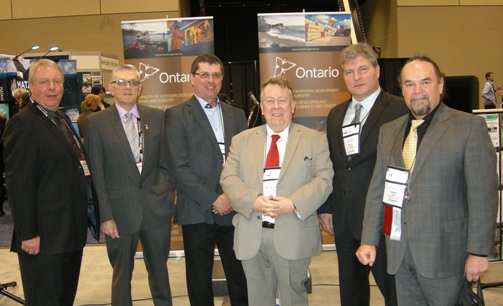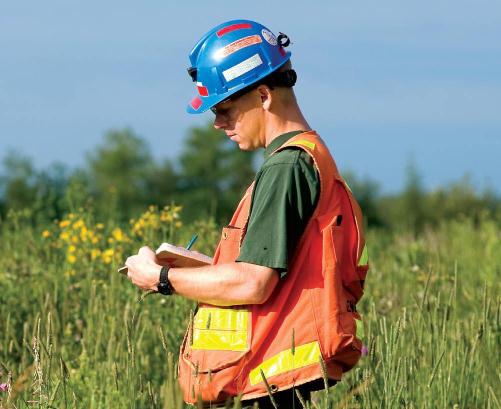
Check Against Delivery
Thank you, for your kind introduction. And welcome everyone to PDAC 2011!
I’d like to begin by extending a warm welcome to Glen Nolan, First-Vice President of the Prospectors and Developers Association of Canada, Garry Clark, Executive Director of Ontario Prospectors Association and Chris Hodgson, President of the Ontario Mining Association, who have joined us here today for the official opening of the Ontario Pavilion.
We’re all looking forward to participating in the greatest mining show on earth here in Toronto!
This year I’m very excited to report a new record for delegations this year – 25,000! Over the next few days we will be telling these delegations from all over the world about Ontario!
I’m very happy to report that this year for the first time; more than 800 active mining exploration projects have been recorded across the province.
As well, we’ll be telling the world that we’ve set a new record in exploration spending – in 2011 we are expected to hit $951 million!
























